Phylum Chordata Rank Species | Higher classification Prion | |
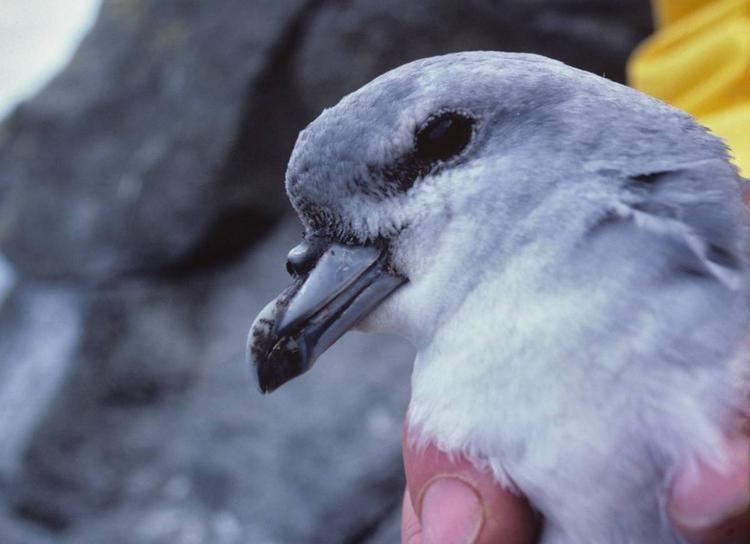 | ||
Similar Pachyptila, Bird, Prion, Salvin's prion, Broad‑billed prion | ||
Fulmar prion
The fulmar prion (Pachyptila crassirostris) is a species of seabird in the Procellariidae family, found in the southern oceans.
Contents
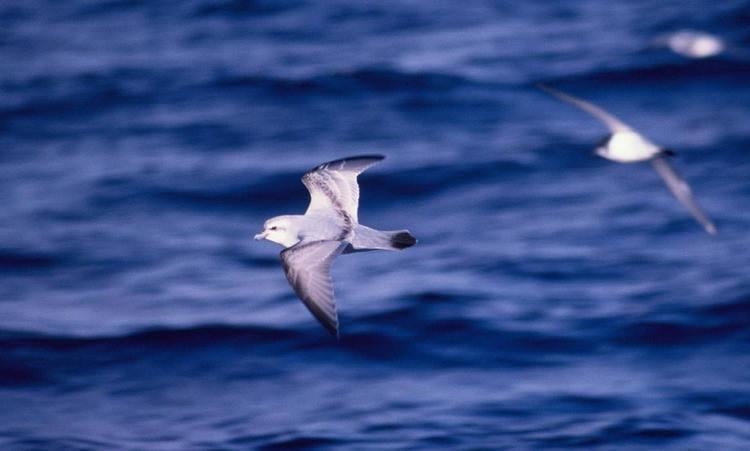
Etymology
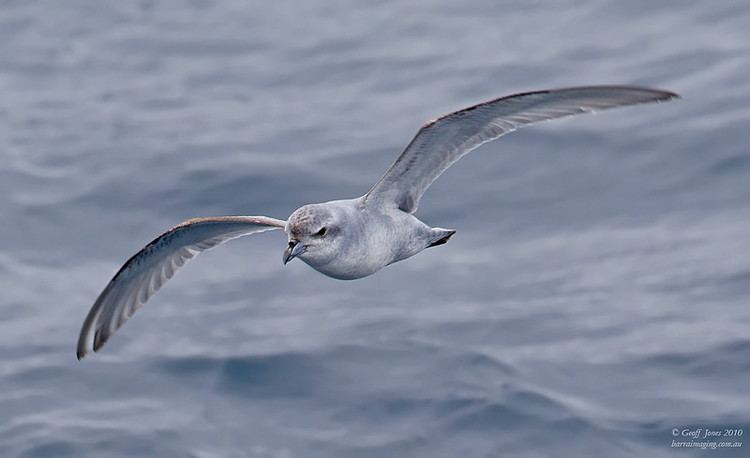
Its common name "prion" means "saw", referring to the bill; "fulmar" means "foul-gull". The species was once assigned under the now-obsolete genus Fulmariprion (from "fulmar" and "prion").
The genus Pachyptila means "thick feathers". Its specific name crassirostris means "thick-beaked".
Taxonomy
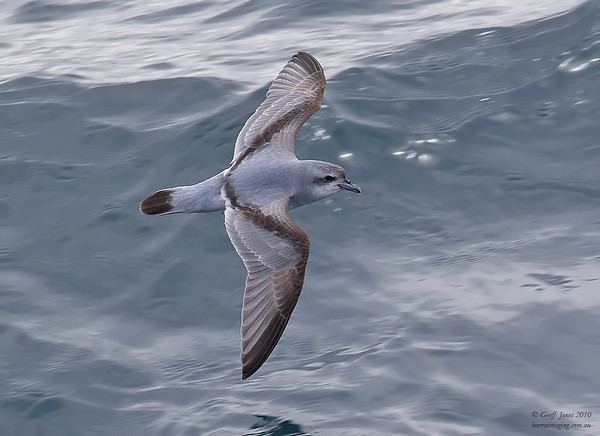
The fulmar prion is a member of the Pachyptila genus – and along with the blue petrel – makes up the prions. They in turn are members of the Procellariidae family and the Procellariiformes order. The prions are small and typically eat zooplankton; however, as a member of the Procellariiformes, they share certain identifying features. First, they have nasal passages that attach to the upper bill called naricorns, although the nostrils on the prion are on top of the upper bill. The bills of Procellariiformes are also unique in that they are split into between 7 and 9 horny plates. They produce a stomach oil made up of wax esters and triglycerides that is stored in the proventriculus. This is used against predators as well as an energy-rich food source for chicks and for the adults during their long flights. Finally, they also have a salt gland that is situated above the nasal passage and helps desalinate their bodies, due to the high amount of seawater that they imbibe. They excrete concentrated brine from their nostrils.
Sub-species
The fulmar prion has two sub-species:
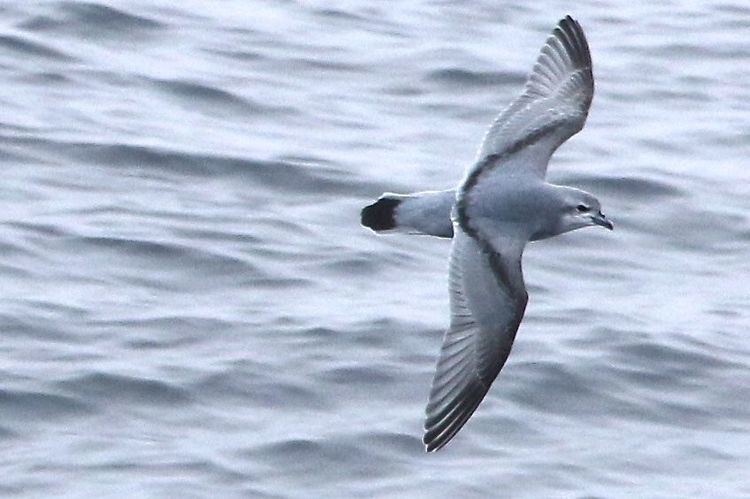
Breeding
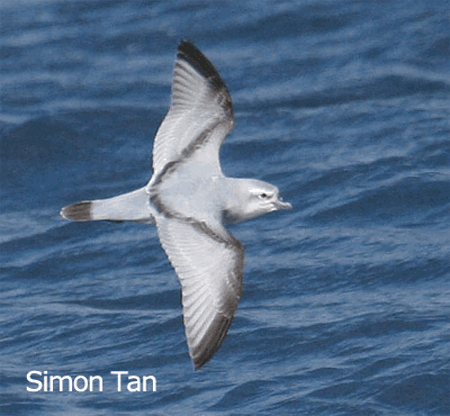
Fulmar prions are annual breeders; they lay a single egg in their nest on islands with colonies. Both sexes will incubate the egg and raise the chick until it fledges.
Diet
Like all prions, fulmar prions eat predominantly zooplankton, which they strain through their upper bill.
Range and habitat
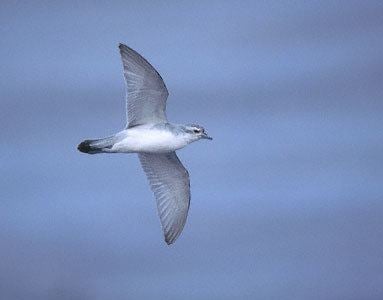
The fulmar prion is pelagic and stays over the southern oceans. When breeding, they will come ashore and nest on Heard Island, Auckland Islands, Chatham Islands, Bounty Islands, and Snares Island.
Conservation
Fulmar prions have a very large range. Their population – while lower than most other prions – is still substantial, at between 150,000 and 300,000 adult birds. Because of these numbers, the IUCN rates them as Least Concern.
